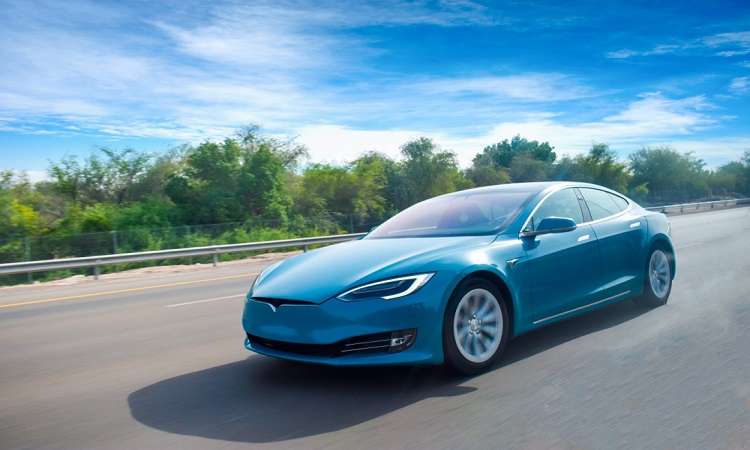What is the Hill Descent Control System in Car? Complete Guide
What is the Hill Descent Control System in Car? Complete Guide

Driving on steep slopes or rough terrain can be challenging, especially when trying to maintain control of your vehicle. The Hill Descent Control (HDC) system is designed to make this experience safer and more manageable. Integrated into many modern vehicles, especially off-road cars, and SUVs, HDC helps drivers cruise downhill slopes smoothly and safely.
While HDC reduces the risk of accidents, having comprehensive car insurance is crucial to protect against unforeseen incidents and ensure peace of mind.
How Does Hill Descent Control Work?
Hill Descent Control (HDC) is an advanced system that automatically regulates a vehicle's speed when driving downhill. It uses the car’s anti-lock braking system (ABS) and traction control to manage braking pressure on each wheel, preventing slippage and ensuring stability on steep or slippery surfaces. The system helps maintain a constant speed, taking over the brake control so the driver doesn’t have to keep pressing the brake pedal.
To use HDC, the driver simply activates the system by pressing a button. Once activated, the car will slow down to a set speed, allowing the driver to focus on steering without worrying about braking. The system typically works within a speed range of 12 mph in low gear and up to 19 mph in high gear, depending on the terrain.
Uses of Hill-Descent Control
Hill Descent Control is especially useful in various driving conditions, providing multiple benefits:
1. Steep Descents:
Whether driving down a mountain road or a rough trail, HDC helps maintain control by regulating speed and preventing skidding or loss of control.
2. Slippery Surfaces:
HDC is beneficial when navigating roads covered in gravel, mud, snow, or ice. It ensures the vehicle maintains traction and stability, making descents safer.
3. Uneven Terrain:
On rocky or uneven surfaces, HDC keeps the vehicle's speed constant, allowing for a smoother descent over challenging obstacles.
4. Comfort and Safety:
HDC reduces the driver’s need to constantly adjust the brakes, alleviating fatigue and stress during a steep or long descent. This enhances overall driving comfort.
5. Brake Protection:
By using HDC, the vehicle’s brake system experiences less wear and tear, which can help extend the lifespan of the brakes and reduce maintenance costs.
Conclusion
Hill Descent Control ensures safer descents by managing speed and braking, reducing fatigue, and benefiting drivers on steep or uneven terrain. Remember, while HDC can improve safety, having comprehensive or at least third-party car insurance is still essential to protect your ride.
FAQ
1. Can I use Hill Descent Control on flat roads?
No, Hill Descent Control is specifically designed for use on steep, downhill descents. It is not needed on flat roads.
2. Does Hill Descent Control automatically stop the car?
No, Hill Descent Control helps maintain a steady speed but doesn't stop the vehicle. It allows you to descend safely at a controlled speed.
3. Is Hill Descent Control available on all vehicles?
No, it is most commonly found in off-road vehicles and SUVs, although some modern cars may have it as an optional feature.
4. Does Hill Descent Control replace traditional braking?
No, it supplements braking on downhill descents, but traditional brakes are still necessary for regular driving situations.
Disclaimer: The above information is for illustrative purposes only. For more details, please refer to the policy wordings and prospectus before concluding the sales.
RELATED ARTICLES
Understanding the Mechanics of Launch Control System
Know Everything About Cruise Control Systems in A Car
What Is the PUC Certificate Validity for A New Car?
Hydroplaning: Causes, Prevention, and Safety Tips










 Health Insurance
Health Insurance  Travel Insurance
Travel Insurance  Car Insurance
Car Insurance  Cyber Insurance
Cyber Insurance  Critical Illness Insurance
Critical Illness Insurance
 Pet Insurance
Pet Insurance
 Bike/Two Wheeler Insurance
Bike/Two Wheeler Insurance  Home Insurance
Home Insurance  Third Party Vehicle Ins.
Third Party Vehicle Ins.  Tractor Insurance
Tractor Insurance  Goods Carrying Vehicle Ins.
Goods Carrying Vehicle Ins.  Passenger Carrying Vehicle Ins.
Passenger Carrying Vehicle Ins.  Compulsory Personal Accident Insurance
Compulsory Personal Accident Insurance  Travel Insurance
Travel Insurance  Rural
Rural 











